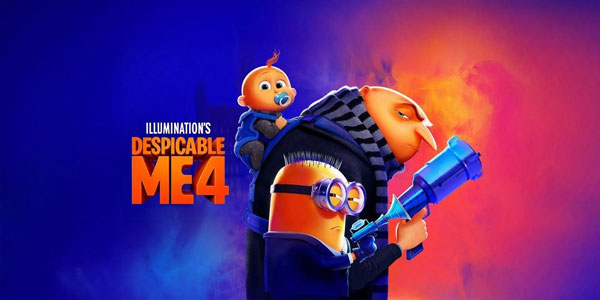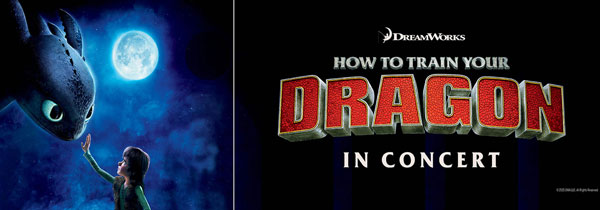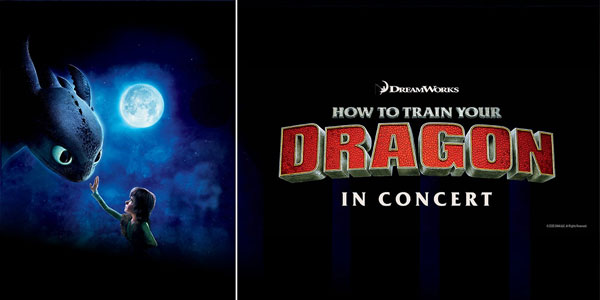By Al Nigrin
originally published: 10/05/2020

Here is my interview with The Pine Barrens Director David Scott Kessler:
Nigrin: Your stunningly beautiful and insightful documentary film The Pine Barrens focuses on the history and current state of New Jersey Pine Barrens. Please tell us why you decided to make this film?
Kessler: I made The Pine Barrens as a tone poem to a place I became enraptured with very quickly. The New Jersey Pinelands is a great wilderness within the most densely populated state in America. This inherent contradiction seemed to trickle down to every aspect of the Pine Barrens. It is where so many facets of American life are juxtaposed in unusual ways and unified by a dark forest where stories of strange creatures could still feel plausible only an hour away from New York City and Philadelphia. I was interested in the sense and experience of place and how specific locations like the Pine Barrens seem to exist on many planes of reality. Experience in the Pine Barrens can simultaneously consist of the natural ecology’s observational truths and a hazy dream-like netherworld without much distinction between the two. Even having grown up in New Jersey, I came to the Pine Barrens as an outsider. I wanted to utilize that unfamiliarity and those preconceived ideas of the Pine Barrens in my discovery. I layered this into a film that would chronicle the long shift from naive explorer to the familiar and knowledgeable and tell that story in a way that attempts to hold onto both valuable stages of experience.
Nigrin: You travel all over the Pine Barrens following different residents, naturalists, farmers and other stewards as we learn about this unique region in New Jersey. How did you end up working with Allen Crawford, Paul E. Petersen, Mary-Ann Thompson, Bill Bolger and the other main individuals in your film?
Kessler: I had filmed for almost an entire year before there were any characters at all besides Allen Crawford, whom I had known before filming started. Allen is a writer and illustrator. When I met him years earlier, he was in the midst of a project where he experimented playfully with his own identity. Knowing that the blurred lines between reality and fiction would be necessary, this appealed to me. Allen also grew up in the Pine Barrens region and had an impressive amount of knowledge about the land and a naturally poetic way of speaking about it. After filming with Allen for some time, I hoped to include more people. I was told that people in the Pine Barrens are typically private people and not immediately trust outsiders. I took my time. I met a writer named Karen Reilly on an online Pine Barrens forum. She was a transplant to the region and similarly became fascinated with the place and its people. Karen wrote a few books devoted to the New Jersey Pinelands and offered to share her table at Lines on The Pines, an annual convention for all things Pine Barrens. After the first few people began to take an interest in what I was doing, and I was able to build some trust, others began to follow. Additionally, from very early on in the production, I started organizing events where I could screen sections of what I was working on scored live by The Ruins of Friendship Orchestra. In this way, the film’s intention was made very transparent. That allowed me to build a community around it online and in-person. Besides the six or so characters I followed, I included almost 100 individuals at campfire storytelling sessions. I tried to include a diverse selection of people with the shared characteristic that they have some physical relationship to the Pine Barrens and spoke about them in a way that felt poetic to me. Some considered themselves to be Pineys, some did not, but all of them showed me a different way of seeing the land.
Nigrin: Everything in your documentary is so lovingly put together. It feels like a real labor of love for you. Was it? Did it really take you 6 years to complete the film? How was it funded?
Kessler: It makes sense to answer these two questions at once. The Pine Barrens was absolutely a labor of love. I don’t think there was any other way to make a film like this. Filming happened over six years, and then it took another year to complete the final edit. My background is as a painter, and that is the way that I approach filmmaking. For me, it’s a thorough (but loving) process of layering elements, building them up, seeing how they relate, and then tearing down anything that doesn’t work. Repeat that process, factoring in how I am changing and relating to the material over time, and you can get a sense of why it would take so long. In that time, there are periods of self-doubt, wondering if you are getting off track, hoping and waiting for the next magical moment that makes the whole thing come back into focus, and trying to hold onto that feeling as long as you can, knowing it is far from complete. Funding happened in a few ways. In 2015, Pew Arts and Heritage awarded me with a fellowship based on my art practice. That came with a grant. The grant wasn’t specifically for the film, but it allowed me the freedom to work on it. In 2017, I launched a crowdfunding campaign through IndieGoGo. The launch coincided with one of the live performances of excerpts from the film and The Ruins of Friendship Orchestra. That campaign raised enough money to complete the remaining production, including recording the score and getting the sound mixed. It’s probably worth noting that my expenses were very modest because I seldom worked with a crew, and filmed and edited everything myself. If I were to rely on a crew for that many years, it would have been an astronomical cost. The only people who worked with me throughout the production were The Ruins of Friendship Orchestra members who would get paid for their performances.
Nigrin: Was the use of the seasons with the film ending with winter to illustrate the decline of the Pine Barrens intended?
Kessler: That’s certainly one way to look at it. I like to keep those kinds of things open to interpretation. There are many factors why we can lose the Pine Barrens, and it’s safe to say that they as much as some things haven’t changed there; some things are already lost forever. I am by no means the most optimistic person, but I think the film paints a more hopeful picture. I tried to capture what I saw as a cyclical nature in both the ecology and the Pine Barrens’ history. With fire, there is rebirth. After winter, there is hopefully spring. The time I spent in the Pine Barrens follows the story of a controversial pipeline that threatens to undermine the Pinelands Protection Act. Fifty years ago, when John McPhee wrote The Pine Barrens, he believed he was witnessing its end to the almost inevitable development of a supersonic airport that would have completely wiped it off the map. The Protection Act was made law partially due to the public’s fascination with McPhee’s writing, giving us the Pine Barrens today. There will never be an end to the threats. The only uncertain thing is if we will fail to take measures against them.
Nigrin: I really like the use of the elements in your film: fire, water, air and earth. The campfire scenes and the fragments of stories told there seems to be something you return to often in your film. What was the motivation for doing this?
Kessler: Fire needed to play an essential role in the film. The Pine Barrens is a fire ecology, meaning that non-Pine Barrens plants and trees will eventually swallow up the forest without perpetual fire. The cones of Pinus rigida have a wax that seals the seeds within. These cones only open after a fire passes through. Likewise, the campfire is a primary forum for storytelling -- a proper art form in the Pine Barrens. Family legends, folklore, and music are all born and grow around campfires. In both instances, fire is central to a perpetual continuation into the future. The campfires were the most fun and the hardest to edit. My goal was to see the fire as a sort of portal, merging time and space, having it appear as if these hundred or so people were telling stories around the same perpetual campfire. I filmed the campfires over four years. In the edit, one storyteller may pick up a story started by someone they have never met in reality. One person may respond to a statement made years earlier at a different fire. I found myself linking words and gestures that seemed to have unexplained synchronicity, like a dance or ritual.
Nigrin: The soundtrack to your film features the amazing music by The Ruins of Friendship Orchestra. How did you end up working with them?
Kessler: I’ve been fortunate that I’ve surrounded myself with stellar musicians considering that I don’t play a single instrument myself. The Ruins of Friendship Orchestra were all friends of mine and each other but never previously played together. They were a combination of classically trained and experimental musicians playing a range of traditional and electronic instruments, but somehow, we knew it would work. In 2012, with still very little filmed, we all went out to the cellar pits that remain of the town of Friendship in the Pine Barrens, and they played together for the first time. It was shortly after that we started holding works in progress performances. I would edit short vignettes out of what I filmed. These were often narrated live by Allen. Ruins would perform a semi-improvisational score that they would work out a few days earlier. Over time, we discarded most of those edits and scores, but this is how the whole film came together as a living and evolving ephemeral interpretation of a place we all loved.
Nigrin: Are there any memorable stories while you made this film or any other info about your film you would like to relay to our readers?
Kessler: In case anyone would mistake me for some kind of seasoned outdoorsman, I can say that I capsized my kayak in mid-November on my first time out with my camera rigged out in front of me. That camera was kaput. Allen had to tow my kayak back to the car to get to Wawa for some hot tea before I became hypothermic. I’d have to say, though, that some of my favorite moments have been the performances. In 2016 and 2019, I produced events called Middle of Nowhere at Whitesbog, a 3000-acre historic cranberry and blueberry farm in the Pine Barrens. I was able to work with other curators to bring in dozens of contemporary artists to create works on the trails, bogs, and in the farm’s workers’ housing. The artists each installed work in dialogue with the landscape and its inherent issues. In 2019, we exhibited a film work by Nancy Holt called Pine Barrens made in 1975, seen for the first time since it’s creation in the land that inspired it. Musicians ranged from local bluegrass bands to world-renowned experimental musicians such as Mary Lattimore and Laraaji. We presented my film outdoors with a live score surrounded by the natural sounds of the Pine Barrens. These events brought out hundreds of people, some locals, some experiencing the Pine Barrens for the first time. In this way, the film was only one part of a much larger discussion that crossed perceived cultural lines and offered everyone a slightly different angle to view the natural world.
Here is The Pine Barrens trailer:
Here is more info on this screening:
The Pine Barrens - David Scott Kessler (Philadelphia, Pennsylvania) A wilderness stands in defiance of the encroaching megalopolis that surrounds it. Rare orchids and endangered species thrive near busy roadways. Wildfires rage through forests bringing life to its sandy soil. Land once deemed inhospitable, gave rise to a community and with it, a sense of pride inexorably linked to the diminishing island of darkness. Under a veil of folklore and myth, within the most densely populated state in America lies the New Jersey Pine Barrens. For six years, during a period of political flux that threatens to undermine New Jersey Pineland's protections, David Scott Kessler filmed the forest and its inhabitants in order to create a growing and evolving portrait of nature and identity. The project, which evolved as a series of live performance scored by The Ruins of Friendship Orchestra, aims to capture the surreal wonder of the Pinelands in the hope of rekindling the sense of importance and imagination that helped to preserve it over 40 years ago. 2019; 104 min.
Friday, October 9, 2020 - $12=General
Film will be available on VOD (Video On Demand) for 24 hours on October 9, 2020. To buy tickets for this screening go here:
https://watch.eventive.org/newjerseyfilmfestival2020/play/5f149125c1cd3f005326e216
Information: (848) 932-8482; www.njfilmfest.com
https://watch.eventive.org/newjerseyfilmfestival2020
https://newjerseyfilmfestival2020.eventive.org/schedule
Albert Gabriel Nigrin is an award-winning experimental media artist whose work has been screened throughout the world. He is also a Cinema Studies Lecturer at Rutgers University, and the Executive Director/Curator of the Rutgers Film Co-op/New Jersey Media Arts Center, Inc.
FEATURED EVENTS
To narrow results by date range, categories,
or region of New Jersey
click here for our advanced search.
EVENT PREVIEWS
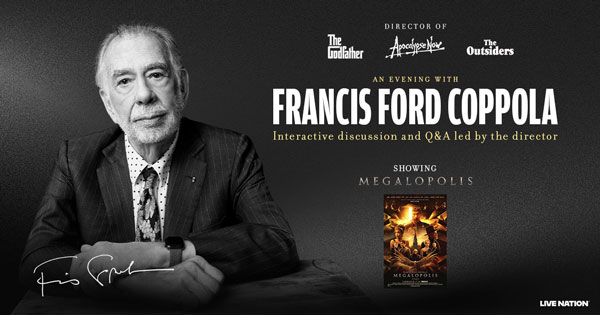
Count Basie Center for the Arts presents An Evening With Francis Ford Coppola and screening of "Megalopolis"
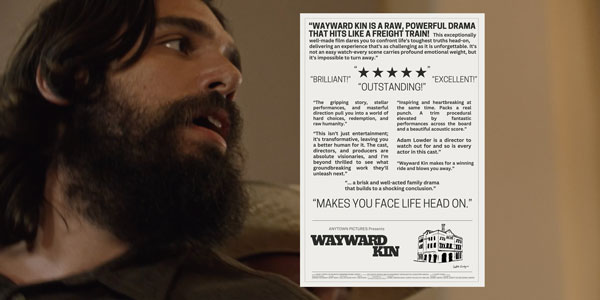
The Williams Center to Screen "Wayward Kin" by David Joseph Volino

The ShowRoom presents ENCORE: Rock Cinema Returns! A Summer Series of Legendary Sound and Vision

Winners of the 2025 New Jersey International Film Festival Announced!
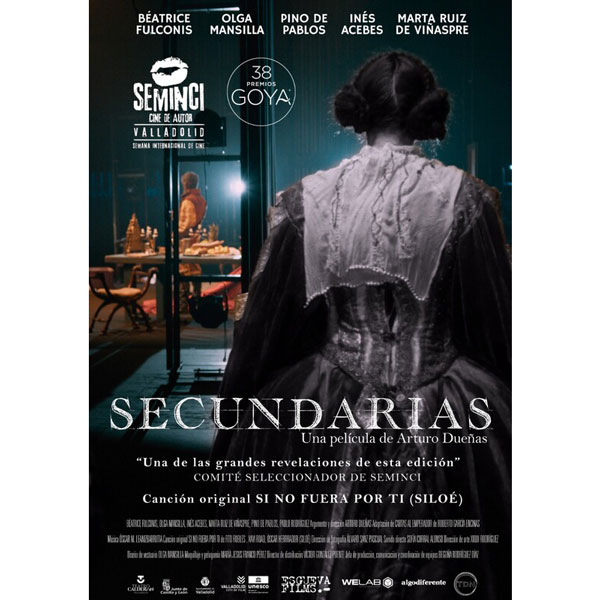
Amazing Supporting Actresses screens at the 2025 New Jersey International Film Festival on Saturday, June 7th
Arturo Dueñas’ Supporting Actresses (Secundarias) is a love letter to theater, but more than that, it’s a bustling, compelling portrait of the people who make it come alive. Set against the backdrop of an opening night performance at the Calderón Theater in Valladolid, this Spanish-language film blurs the line between fiction and reality in deeply satisfying ways. It’s shot (or appears to be shot) in one, continuous take, and that single, unbroken breath captures the anxiety, chaos, beauty, and deeply human moments that unfold behind the curtain.



